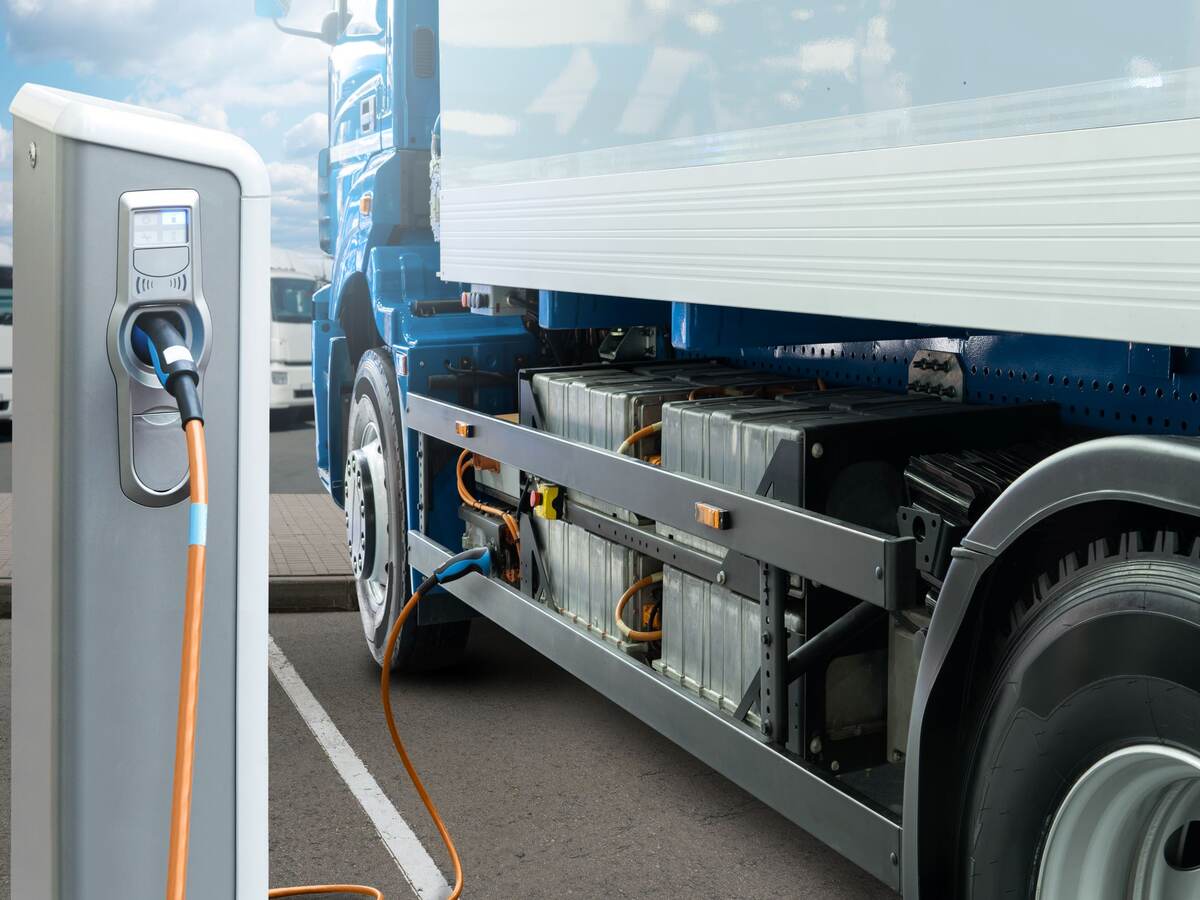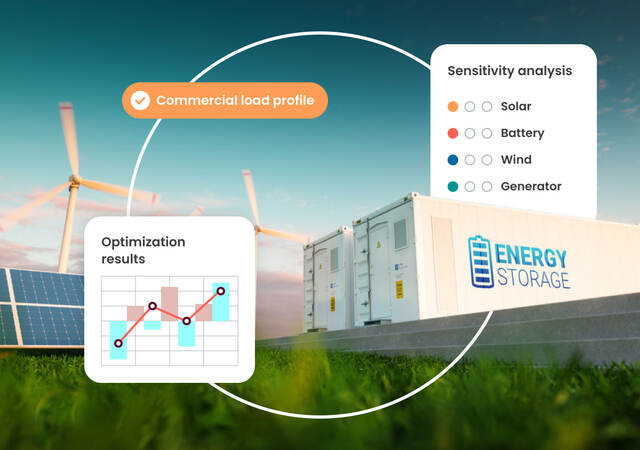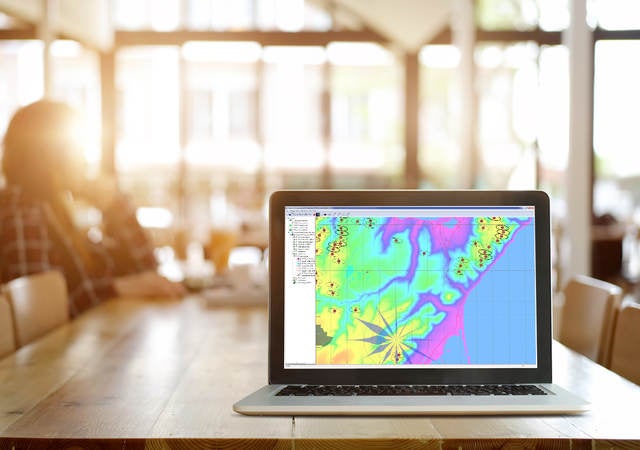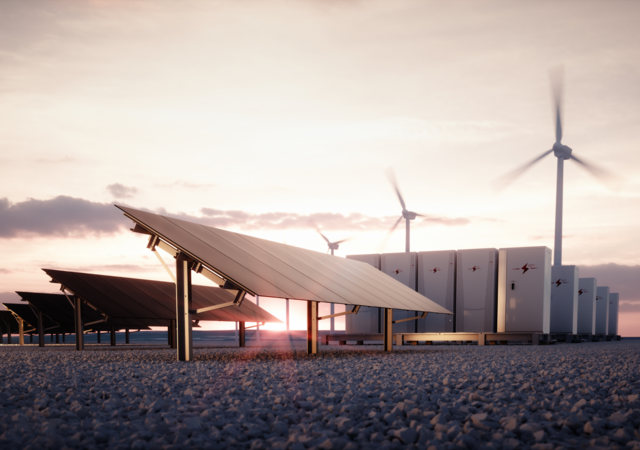January 6, 2023
Renewable energy received a significant boost with the August 2022 enactment of the U.S. Inflation Reduction Act (IRA). New provisions provide a 10-year-policy-certainty for the renewable energy industry, with 10-year tax credits for wind, solar and energy storage projects, including restoring the wind tax credit to original levels plus a credit for stand-alone energy storage — as well as incentives for green hydrogen, carbon capture, domestic manufacturing and transmission.
As previously reported, the new law has potential transformational effects on renewable energy production, infrastructure and storage.
“Renewable energy, including electric vehicle charging infrastructure and commercial and industrial building electrification, has been a hot topic in the United States since the turn of the century. But, it’s been a roller coaster ride with tax credits that need to be renewed by legislation every few years,” said Gillian Howard, global director of sustainable energy and infrastructure at UL Solutions.
“And while that boom-bust cycle made it impossible to plan long-term, stable growth, it didn’t stop us from growing exponentially over the past 20 years. Now we’re entering a new chapter where we can finally start focusing on stability and long-term growth. We fully expect the Inflation Reduction Act to significantly accelerate and increase the deployment of new renewable energy projects across the U.S. over the next decade, making it transformational for our industry,” Howard continued.
Below, we’ll focus on the IRA’s impact on electric vehicle (EV) charging, commercial and industrial building electrification, and critical tools for companies developing microgrids to meet the needs of these sectors.
Provisions energize electric vehicles and needed charging station infrastructure
EVs get a boost with a renewal of the $7,500 EV tax credit, which starts in January 2023 and remains in effect for at least ten more years. Manufacturers are now expected to make more than 200,000 new EVs per year. Plus, if consumers purchase an EV from a dealer, the tax credit can be applied at the time of sale rather than via filing through the buyer’s tax return — a change seen as long overdue, according to news and commentary site Electrek.co.
A credit of up to $4,000 will also be available for used EVs, and commercial EVs will receive tax credits to promote their adoption by transportation, logistics and other industries.
As more electric vehicles hit the road, a surge in demand for EV charging stations will increase the need for distributed power generation. These systems will help meet rising electrical loads and reduce potential demand charges and other energy infrastructure costs. The IRA extends the current tax credit for new EV charging stations to installations made before 2022. For up to $100,000 in costs, the tax credit increases to 30% and 20% for the remaining costs, with direct pay and transferability.
A recent Rocky Mountain Institute study of EV charging infrastructure costs revealed that one of the most significant factors driving charging station procurement costs is the local distribution system’s ability to handle the power rating of the charger system(s). The electric load is especially a factor for fast-charging stations.
“Most utility grids can handle the load of a single smaller fast-charging unit (50 kW DC). But for larger or multiple charging stations, the system capacity may need upgrading,” explained Peter Lilienthal, UL Solutions global microgrid lead and creator of HOMER® software.
The cost of upgrading the distribution could be avoided by installing EV charging stations on sites with solar and energy storage. Using renewable energy and storage can also increase the system’s flexibility and reliability and improve the economic profile by capturing excess generation when chargers are not in use.
Commercial and industrial building electrification gets a monetary boost
Thirteen percent of greenhouse gas (GHG) emissions across the United States (U.S.). come from using fossil fuels in commercial and industrial buildings. To help cut GHGs, property owners can receive tax breaks for installing microgrids that generate power with energy storage plus solar, wind or other renewable energy sources. In addition to helping the environment, distributed generation systems help property owners save on energy bills.
Properties that reduce energy use by 25 to 50% of the current building performance standards can earn the Commercial Buildings Energy Efficient Credit, which is now worth $2.50 to $5.00 per square foot. The latest Energy Efficient Home credit provides up to $5,000 for developers who build or renovate single-family, multifamily and manufactured homes to meet the U.S. Department of Energy’s Zero Energy Ready Homes program.
Low-income buildings and communities are also eligible for additional financial incentives under the IRA. In addition to the 30% tax credit, projects with residential buildings can receive a 20% bonus; furthermore, projects in low-income communities or on tribal land can receive an additional 10% bonus on top of the 30% credit and 20% residential bonus.
“IRA provisions like the investment tax credit and the ‘direct pay’ option will accelerate the deployment of microgrids to help power buildings sustainably. Professionals in the HVAC industry, as well as renewable energy developers, will seek to determine the most reliable and least-cost systems,” said Eduardo Guerra, UL Solutions global business development leads for microgrids.
How UL Solutions can help
As EV charging station developers and commercial and industrial (C&I) building electrification companies map their plans based on IRA provisions, they’ll need critical software tools to support their work. Software programs like UL Solutions HOMER Grid enable energy professionals to design and evaluate microgrids that serve local loads. HOMER Grid enables professionals to model complex variables, evaluate the impact of EV charging, design a system to help cut energy costs and provide energy resiliency when the grid goes down. The software helps optimize distributed generation systems by identifying the most cost-effective configurations.
The HOMER EV module can model on-demand or deferrable charging modes, so you can prioritize renewable power and schedule charging when electricity costs are low. Furthermore, the software accepts inputs to describe vehicle types and charging requirements, such as EV battery size and maximum charge rate.
Effective tools for early-stage feasibility and pre-construction assessments are crucial for the long-term viability of renewable energy development projects. Our experts at FUL Solutions can accommodate a diverse array of technology and advisory needs, including:
- Full energy and asset advisory services
- Due diligence support
- Testing and certification
- Software applications for solar, wind, offshore wind and energy storage projects
Learn more about how UL Solutions can support EV, C&I and other renewable energy development projects.




